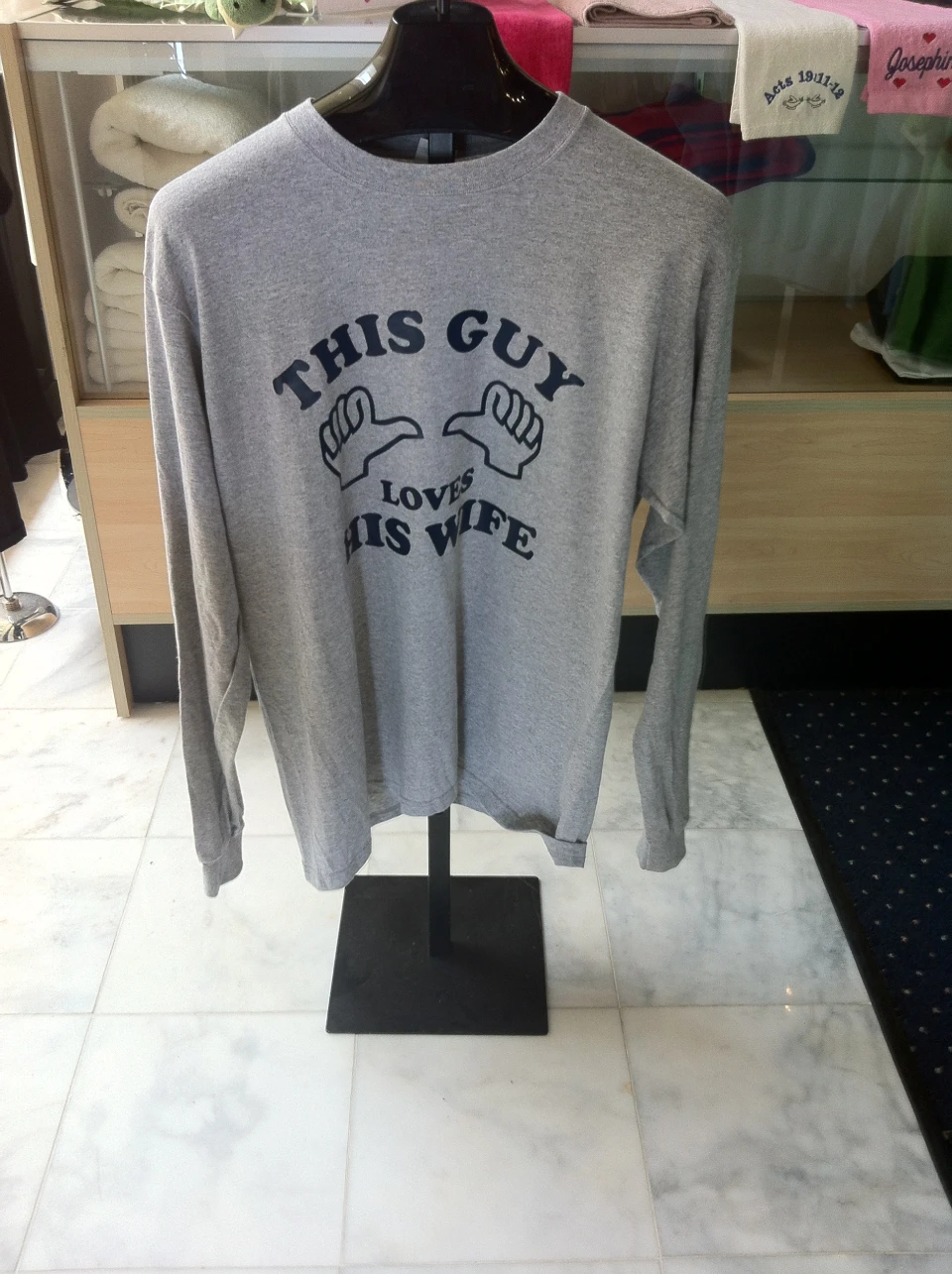Custom-made Scrubs with Embroidery for a Specialist Appearance
Custom-made Scrubs with Embroidery for a Specialist Appearance
Blog Article
The Art of Custom Needlework: Opening the Keys to Creating One-of-a-kind and Memorable Designs
The keys to producing personalized embroidery layouts that mesmerize the eye and leave an enduring perception lie in a delicate balance of method, creativity, and attention to information. As we dig into the globe of custom needlework, we discover the nuanced interplay in between thread selection, stitch intricacy, and style personalization that boosts a simple garment to a job of art.
Picking the Right Needlework Threads
When choosing embroidery strings, what essential variables should you consider to make sure the most effective results for your custom-made designs? The choice of needlework string is important in identifying the last end result of your embroidered style. Among the key factors to consider is the product of the thread. Different materials such as cotton, polyester, rayon, and silk use differing levels of shine, durability, and structure. It is vital to select a string product that complements the fabric you are embroidering on and lines up with the wanted look of the style.
Thicker threads can include measurement and structure to your design, while finer strings are excellent for intricate information and little message. Furthermore, thinking about the color fastness and washability of the thread is crucial to make sure that your customized designs preserve their top quality and vibrancy over time.
Exploring Various Stitch Techniques
To dive into the world of 'Checking out Various Stitch Methods', one should realize the ins and outs and nuances that each stitching technique gives the art of needlework. Different stitch strategies not only include visual passion however additionally add to the total appearance and measurement of the design. One prominent stitch technique is the satin stitch, which includes very closely packed parallel stitches to develop a smooth and shiny surface, perfect for filling in shapes and creating vibrant outlines.
On the other hand, the backstitch is a functional technique typically made use of for detailing and adding great information. It involves stitching backwards to develop a solid line of needlework. In addition, the French knot stitch adds a tactile aspect to layouts, ideal for producing distinctive accents like blossom centers or decorative touches.
Checking out various stitch techniques enables embroiderers to play with light, darkness, and deepness within their layouts, elevating the visual allure and artistic quality of their embroidery jobs. By grasping different sewing methods, one can unlock limitless opportunities for developing unique and unforgettable customized embroidery pieces.
Incorporating Personalized Style Aspects
Having actually discovered the details of various stitch techniques such as the satin stitch, backstitch, and French knot, the focus now moves in the direction of incorporating personalized design elements in custom embroidery projects. Individualized style elements play a vital duty in making needlework jobs really distinct and remarkable. One method to integrate personalization is by adding initials, names, or substantial days to the design. This not just includes an individualized touch however also enhances the emotional worth of the needlework piece.
Another way to include customized layout aspects is by including icons or concepts her response that hold unique significance to the recipient or mirror their rate of interests and individuality. For instance, incorporating a preferred flower, pet, or hobby-related symbol can make the needlework design a lot more purposeful and tailored. In addition, choosing shades that reverberate with the recipient or line up with the intended style can further enhance the customization of the needlework project.
Understanding the Art of Color Sychronisation

One key element of shade sychronisation is recognizing color concept. This consists of understanding exactly how various colors engage with each other, the emotions they share, and how they can be incorporated to create aesthetically appealing styles. By using shade concept concepts, embroiderers can create harmonious shade schemes that enhance the general look of the design.
Furthermore, focusing on contrast is vital in shade coordination. Making use of contrasting shades can aid certain aspects of the style pop, boost legibility, and create an aesthetically vibrant embroidery piece. By grasping the art of shade control, embroiderers can boost their layouts and produce remarkable items that reverberate with clients and viewers alike.
Enhancing Structure With Advanced Embroidery Stitches
French knots, for instance, are perfect for adding small, increased dots to your design, imitating the appearance of beads or producing a distinctive surface area. Bullion knots, on the various other hand, can be made use of to develop twisted, ropelike components that add a luxurious feel to the embroidery. Seed stitching involves tiny, scattered stitches that can fill in areas with a multicolor structure, while turkey job creates fluffy, dimensional accents reminiscent of animal fur or foliage. Trying out with these advanced needlework stitches allows you to press the limits of standard needlework and produce really one-of-a-kind and aesthetically attractive structures in your layouts.
Conclusion
In verdict, the art of customized embroidery involves a combination of selecting the right strings, checking out various stitch strategies, incorporating tailored layout components, mastering shade control, and improving appearance with innovative stitches. By comprehending and implementing these crucial aspects, embroiderers can produce one-of-a-kind and remarkable designs that display their imagination and skill. Embroidery lovers can unlock the keys to developing lovely and bespoke pieces that stand apart and leave an enduring perception.
Report this page